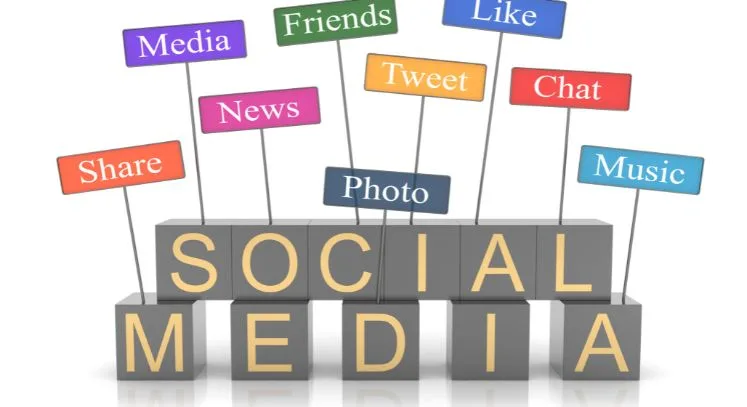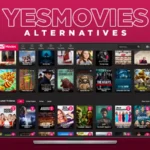Social media has become deeply embedded into modern life to the point of banality. While apps offer novel ways to connect, much of what they facilitate tends towards superficiality and carefully curated personal branding. Platforms are structured to maximize user attention through persuasive design that plays into vulnerabilities. The lives presented online often diverge sharply from reality. Consequently, social media use risks displacing opportunities for genuine self-development and social connection
What is the Social Media “Banality of Life”?
The phrase “banality of life” refers to a sense that daily existence has become trivial, dull, routine, and lacking deeper meaning. With social media apps, the content we consume can start blending. Endlessly scrolling through filtered photos, hot takes, and dance challenges can make our own lives seem boring by comparison. The apps themselves also become mundane when used compulsively without conscious intention. We may start to feel like passive spectators rather than active participants in life. Every day looks largely the same when seen through the narrow filters of social feeds.
Signs You’ve Fallen Into the Banality Trap
How can you tell if social media is contributing to a mundane sense of life for you? Signs include:
- Mindless, passive scrolling has become a daily habit
- You constantly compare your life to the filtered highlights you see online
- Fear of missing out (FOMO) drives much of your app usage
- Your screen time leaves little room for meaningful real-world interactions
- You feel bored and restless after closing your apps
If any of this resonates, then the “banality trap” may have ensnared you. The rest of this guide provides tips to escape through more mindful usage.
Read: The Spongegirl Case
Set Usage Limits
The first step is acknowledging when social media occupies an outsized portion of finite free time. Audit when and why you reach for your phone during the day. Are you using apps as a distraction when you could be spending that time in more fulfilling ways? Most phones allow you to view detailed screen time stats and set daily limits for each app. Figure out reasonable caps tailored to your schedule, then make use of built-in timers. Resist overriding them without good reason.
Favor Quality Over Quantity
Aim to make your app usage more intentional rather than passive endless scrolling. For example, rather than browsing your Instagram feed for an hour, take five minutes to specifically check in on close friends and family. Comment with meaningful words that create genuine connections, then move on with the rest of your day. Similarly, TikTok and Twitter, focus just on creators and topics that inspire you rather than watching whatever rolls down the feed. Spending less total time but being more thoughtful in that time can decrease banality.
Schedule Technology Free Blocks
Structure in regular periods each day fully away from your devices. Protect this time from notifications so your concentration isn’t fragmented. What matters most will vary by individual – creative pursuits, spending time outdoors, reading books, being present with loved ones, etc. Recognize when chilling online starts to infringe too heavily on the offline activities that spark joy and enrich your life. Creating technology-free blocks forces you to tap into those alternate sources of meaning each day.
Occupy Yourself with Hobbies
When boredom and restlessness drive your social media usage, it often means you have free time lacking direction. Explore new hobbies or revisit shelved ones to fill some of those empty hours with more stimulating analog activities. Get your hands dirty planting a garden, challenge your mind to learn guitar, and capture the world’s beauty through photography – the options are endless. Passions pursued solely for your joy and growth make days feel wonderfully full rather than mundane.
Meet People IRL
Strengthening bonds beyond the digital can greatly mitigate any social media banality. Make an effort to see friends face-to-face over coffee, host intimate dinner parties, volunteer at community events, take group fitness classes, and attend concerts for artists you admire. Look people in their eyes while hearing their unfiltered voice. The nuances of in-person interactions – smelling their perfume, hearing their laugh, grasping their hand – make them so much richer. Filling life with genuine human connection from all directions helps ensure it never feels one-dimensional.
Conclusion
Excessive social media app usage can contribute to a mundane “banality of life” over time. The filtered content we consume can make our real lived experiences pale by comparison. Compulsive scrolling eats away hours that could be better directed toward creative endeavors, passions, and in-person social connections. But with self-awareness and balanced intention, these apps can find their right-sized place in life alongside the analog activities that give them color. Implement tech limits tailored to your schedule, focus social media time on quality over quantity, and protect technology-free daily blocks centered around what inspires you most offline. Your days will soon feel full of meaning again.
FAQs
What does banality mean in this context?
Here, banality refers to the trait of being so ordinary, constant, or ubiquitous that something fades into the backdrop, its true impact obscured. Social media has become so embedded into routine life that we often fail to consciously consider its profound shaping of human experience.
Is all social media interaction superficial?
No. Social media enables meaningful connections between distant friends and families and provides community for marginalized groups. However, much of the casual scrolling and exchange facilitated emphasizes breadth over depth, which can foster superficial relating when not balanced with offline interaction.
What are some solutions mentioned in the article?
Solutions touched on include conscious moderation of personal social media use through disabling notifications and limiting scrolling to set windows. Discussing the reform of profit-centric platforms to align them with human well-being is noted as essential. Policy interventions may also help address some issues emerging from social media saturation.
What role does boredom play?
The article argues boredom is valuable for fostering reflectiveness, goal-setting, creativity, and original thought. Yet endless social media diversion has led to the displacement of boredom in modern life, eliminating this once crucial wellspring.






